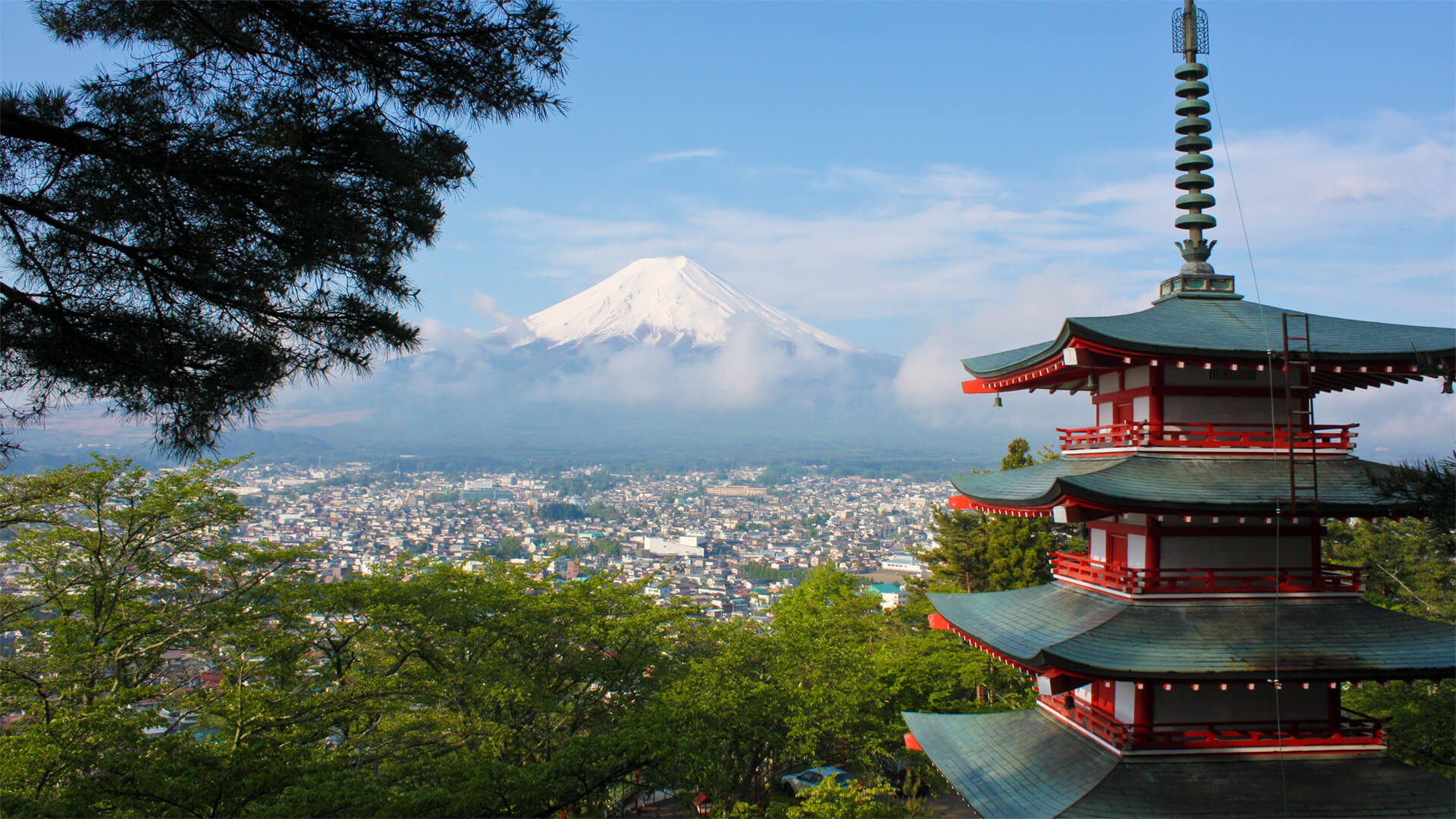The Japanese have just announced an interest rate increase to a whopping 0.1% after seventeen years of zero to negative interest rates. So, is this a sign of a return to normality for Japan or is something else going on?
After years of demographic and economic challenges, Japan has struggled to stimulate consumption and combat deflation. Unfortunately, this recent interest rate adjustment isn’t a light at the end of the tunnel, instead it’s just supply chain inflation trickling down.
Japan has faced challenge after challenge and while there might not be a glimmer of hope for them, countries like Korea, Taiwan, and Germany might have a crystal ball moment by looking at the Japanese tribulations.
Here at Zeihan On Geopolitics we select a single charity to sponsor. We have two criteria:
First, we look across the world and use our skill sets to identify where the needs are most acute. Second, we look for an institution with preexisting networks for both materials gathering and aid distribution. That way we know every cent of our donation is not simply going directly to where help is needed most, but our donations serve as a force multiplier for a system already in existence. Then we give what we can.
Today, our chosen charity is a group called Medshare, which provides emergency medical services to communities in need, with a very heavy emphasis on locations facing acute crises. Medshare operates right in the thick of it. Until future notice, every cent we earn from every book we sell in every format through every retailer is going to Medshare’s Ukraine fund.
And then there’s you.
Our newsletters and videologues are not only free, they will always be free. We also will never share your contact information with anyone. All we ask is that if you find one of our releases in any way useful, that you make a donation to Medshare. Over one third of Ukraine’s pre-war population has either been forced from their homes, kidnapped and shipped to Russia, or is trying to survive in occupied lands. This is our way to help who we can. Please, join us.
TranscripT
Hey everybody. Peter Zeihan here coming to you from snowy Colorado. The news last week in the financial world is that for the first time in 17 years, Japan raised its interest rates above zero. They’re now point 1%. Very exciting stuff. Let me give you the backdrop. So I talk a lot about demographics. Japan is the original demographic basket case.
They started industrializing around the turn of the last century and were the first significant country after Germany to be majority urbanized. And like Germany, where you have suburbs, you basically just have inner city, followed by more inner city with everyone living in condos. So they’ve had the world’s lowest birthrate for quite some time until recently. And they’re definitely the world’s until recently, the world’s fastest aging society and or still the world’s oldest society.
They found a way to mitigate some of that, but it’s really just slowed the decline. Definitely not reversed it. Any who once people age are past roughly 50. It’s different for every culture, but roughly they’re they start consuming less and saving more. And in the case of Japan back in the 1980s, which was one of the most productive economies in the world, you’ve got this super saturation of the local market with high tech goods, and then everything had to be sold abroad.
It was a combination social management, political and economic plan, all in one. That meant that Japan became the boogieman of the day for the Americans because they could sell high tech stuff for cheaper than the Americans could make it at home. But it also meant that back in Japan, the super saturation pushed prices down. And if you think prices are going to go down, you tend to defer your purchases for a little bit because they’ll go down more.
And that happened across every economic sector in Japan for decades. And they eventually got to the point that between trade tensions, which triggered problems with the United States, that forced Japan to offload some of their manufacturing to other countries, most notably the United States, in order to keep relations. Okay. You also had people aging and aging and aging and aging, eventually hitting mass retirement.
So the bulge in the population pyramid in Japan is past the age of retirement already, and people who are retired don’t consume much at all. So after 30 years of consumption being flat to negative, you’re now not simply dealing with a different population structure that can’t consume. You also have a smaller industrial base in Japan because so much of it has been offloaded, moved to other places for a mix of strategic, political and economic reasons.
Well, that means deflation has never really gone away, and that means that the Japanese have been really having problems stimulating consumption. Normally, normally interest rates are, to be perfectly blunt, a method of regulating demand. The idea is you make them lower so it’s easier to borrow when you want people to buy more. You raise them when you may a slowdown and fight inflation so that they’ll buy less.
That’s how it works. But once you get into deflation and you eventually drop your interest rates to zero, you can’t go any further. Well, I me guess the Japanese did. You went negative. So you actually get paid when you borrow money. But it wasn’t enough to change the fundamental mechanics of it. Now, in recent years, especially with the recovery from COVID, we’ve been seeing inflation throughout the manufacturing supply chain system.
Japan is no exception to that. And so prices have risen in Japan, triggering monetary policy changes like raising interest rates to a record high in recent years of Point one. But this is not a sign of a return to something that’s more normal. This has only occurred because of increase in prices for the inputs of raw materials and the outputs of intermediate and finished products.
This is a supply chain reason for inflation going up, not a demand reason. So while it’s a little bit more normal today in Japan, and banks can work a little bit more normally, which is, you know, a good, good thing. There hasn’t actually been a fundamental change in the core problem that plagues the country, and that’s that demand has been steadily dropping now for an entire generation and is unlikely to recover.
Why does this matter? Well, Japan used to be the world’s second largest country, and it has basically stalled for 35 years now. Second, in the meantime, a lot of other countries have caught up or even passed Japan in terms of the speed of aging. If you remember earlier, I said that Japan’s birth rate had risen a little bit.
And it’s aging. It’s slowed a little bit. Not not recovered, not reversed, but slowed. A lot other countries have screamed right by it. Countries that are now aging faster include Korea, Taiwan, Thailand, China, Germany, Italy, Spain and Poland. And now it’s kind of a race to see who gets to the bottom first, which means this sort of problem.
It’s not so much that it’s Japan’s old normal and still new normal. It’s about to become the new normal for a whole swath of countries that we have long associated with robust economic growth and high levels of industrial production. So Japan’s past is the future for a lot of these countries. And Japan’s present doesn’t look all that hot either.








